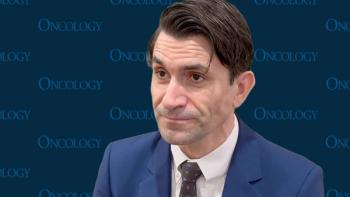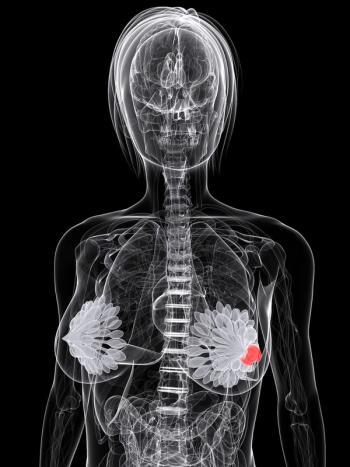
|Slideshows|May 8, 2015
Patient Access to New Cancer Treatments
This slide show looks at patient access to oncology agents both in the United States and abroad, and examines barriers and other constraints preventing new treatments from getting into the hands of patients.
Advertisement
Slides republished with permission from the IMS Institute for Healthcare Informatics. Visit theimsinstitute.org to view the full report, “Developments in Cancer Treatments, Market Dynamics, Patient Access and Value.”
Newsletter
Stay up to date on recent advances in the multidisciplinary approach to cancer.
Advertisement
Advertisement
Advertisement
Trending on CancerNetwork
1
FDA Approves T-DXd Plus Pertuzumab in Metastatic HER2+ Breast Cancer
2
How Should a Patient With Multiple Myeloma Manage Talquetamab’s Toxicity?
3
What is Cevostamab’s Mechanism of Action in Multiple Myeloma?
4
ASH 2025: Key Discussions in Multiple Myeloma, Lymphoma, and Leukemia
5

















































































